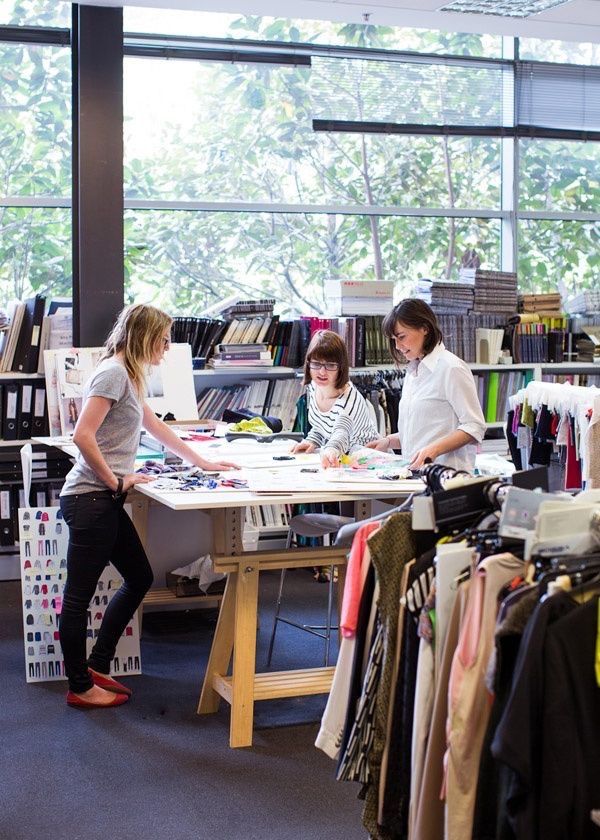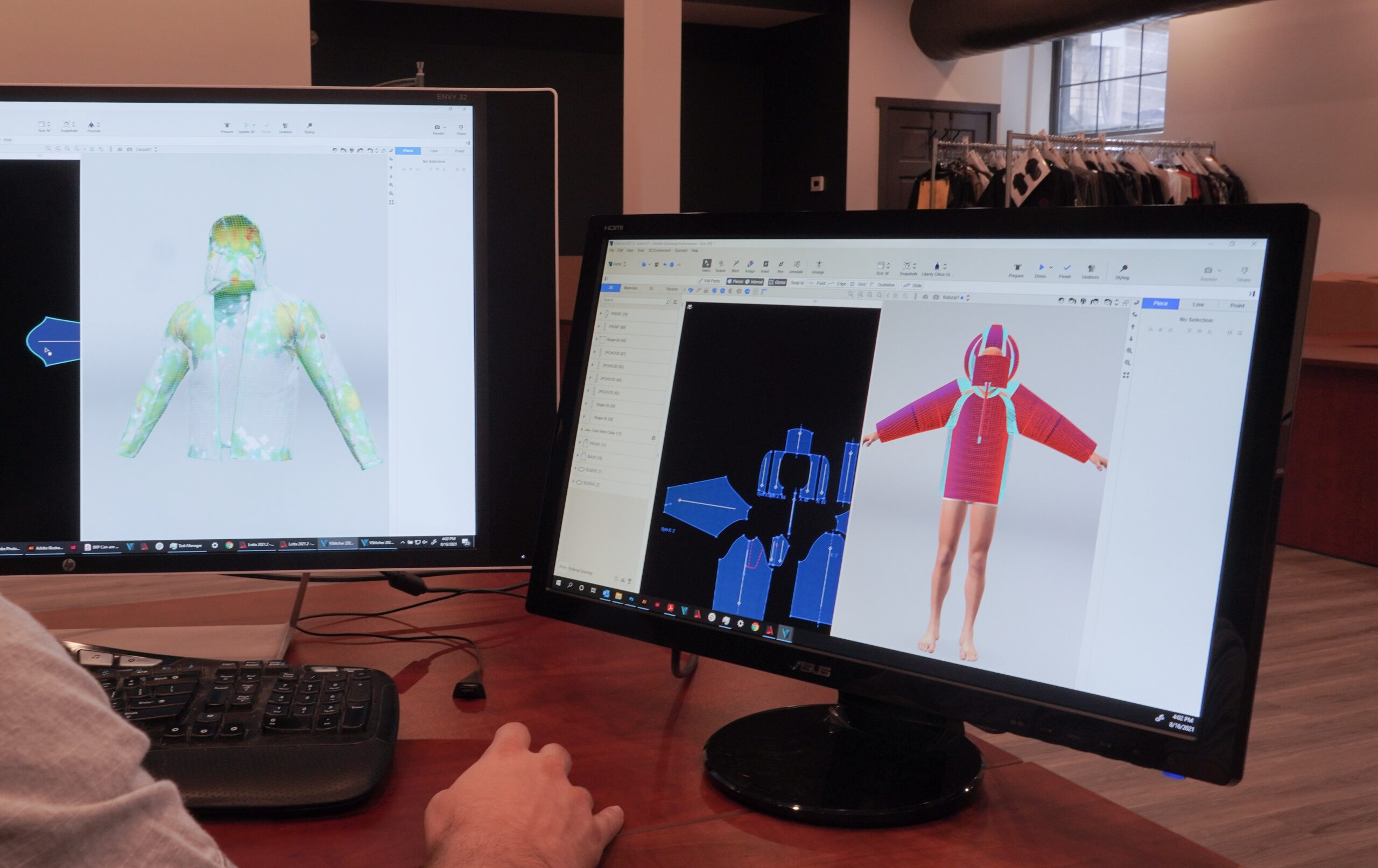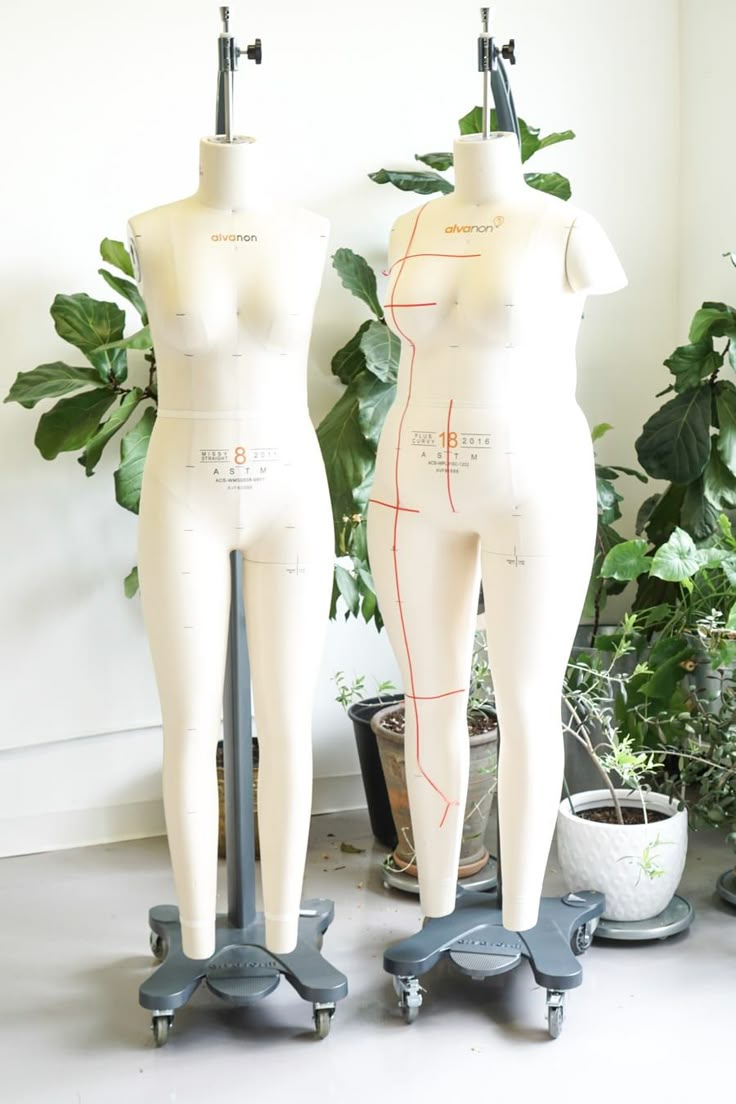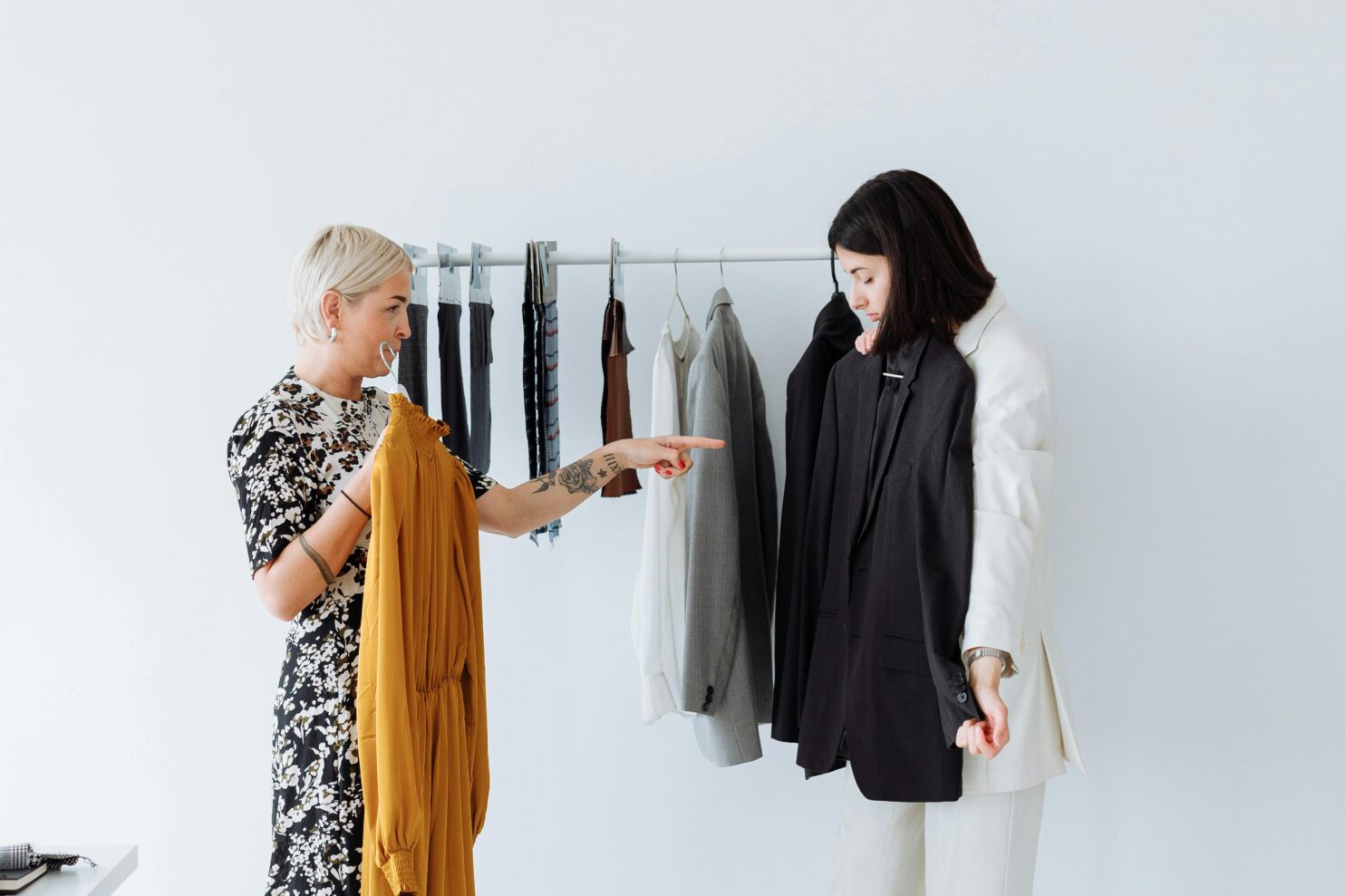In fashion, first impressions matter, but second impressions build loyalty. A striking design may catch someone’s eye, but if the fit is off, that excitement quickly turns into disappointment. For new and seasoned apparel brands alike, fit remains one of the most complex and critical elements of successful product development.
Despite the rise of virtual try-ons, size calculators, and consumer reviews, fit continues to be the number one reason for apparel returns. For startups building credibility and brand equity is difficult, therefore that’s a risk that can’t be ignored.
Why Fit Fails So Many Brands

Photo Credit: Good American Jeans
One of the biggest misconceptions in apparel is that achieving good fit is as simple as following a standard sizing chart. The reality is far more nuanced. Bodies are not standard. They vary by region, gender, age, lifestyle, and countless other factors. What works for one target audience can feel completely off for another, and with globalization, many brands are now attempting to serve diverse markets with a single fit strategy.
Complicating matters further is the lack of sizing consistency across the industry. A “medium” in one brand may not resemble a “medium” in another. Consumers have learned to navigate this inconsistency with guesswork and return labels, but the frustration is real. Fit is personal, and when it doesn’t meet expectations, it undermines trust.
Another major challenge stems from vanity sizing, a practice where brands deliberately label garments smaller than their true measurements to appeal to consumer self-image. While it may temporarily boost sales, vanity sizing has created widespread confusion and made it difficult for shoppers to confidently identify their size across different labels. Over time, this inconsistency can damage a brand’s reputation and drive up costly returns.
Additionally, in an effort to create a more “personalized” product, some brands fall into the trap of basing fit decisions on the preferences or body type of the founder or internal team. While this may come from a place of good intention, it often results in inconsistent sizing across collections and an unreliable fit experience for consumers. Personal opinions should never override data-driven grading and technical standards. Without recognizing the science behind fit including body data, measurement integrity, and regional variation, brands risk creating garments that feel more like guesses than garments designed to serve real people.
 The High Stakes for Emerging Brands
The High Stakes for Emerging Brands
For emerging apparel brands, especially those entering competitive digital marketplaces, fit can make or break momentum. A poorly fitting launch collection might not only damage first impressions, it can drain budgets on returns, production rework, and re-marketing to disillusioned customers.
More importantly, fit is a reflection of how well a brand knows its audience. Customers want to feel seen, represented, and understood. When garments feel like they were made for them, they’re more likely to return and tell others.
Rethinking Fit as a Brand Foundation
At Stars Design Group, fit is not an afterthought, it’s a starting point. It’s as integral to a product’s success as fabric selection, design language, or brand positioning.
Fit begins with understanding who you’re designing for. What are their lifestyle needs? Where do they live? What size range do they fall into, and more importantly, how do they identify with sizing?
From there, it’s about building the right structure. That includes creating custom fit blocks, leveraging body data and regional sizing intelligence, and using 3D digital sampling to visualize how a garment behaves on different body types long before it’s cut and sewn. These tools allow brands to refine their garments quickly and with fewer physical samples saving time, cost, and environmental impact.
That said, relying solely on fit models introduces its own set of complications. While live fittings offer valuable insight, the reality is that human bodies naturally change over time due to age, lifestyle, or even daily fluctuations. When a brand depends too heavily on a single model for fit, there’s a risk that seasonal collections may shift unintentionally, simply because the model’s body has changed.

Photo Credit: Closet Core Patterns
The Solution: Applying the Science of Fit
At Stars Design Group, we’ve learned that getting fit right isn’t just about intuition, it’s about applying science. That’s why we partner with Alvanon, the global leader in body data and technical fit standards.
Using Alvanon’s data-backed fit forms, we’re able to develop garments using standardized body shapes that reflect real consumers in specific markets. This gives brands a clear, reliable foundation for grading and fit consistency without the unpredictability of vanity sizing or personal preference-driven tweaks.
We combine this with 3D sampling, wear testing, and decades of global manufacturing experience to ensure every garment not only fits correctly but performs in the way it’s meant to. Our approach goes beyond physical samples; we build digital fit profiles that take into account posture, movement, and wearability providing a more holistic view of how garments will function on real bodies.
Fit as a Brand Differentiator
In a landscape full of trends and fast turnarounds, fit remains one of the most powerful and overlooked differentiators. It’s also one of the most emotional elements of clothing, how something fits can affect how someone feels about themselves.
When brands get fit right, they’re not just reducing returns. They’re creating moments of comfort, confidence, and connection. They’re earning trust.
And in today’s apparel industry, trust is the ultimate currency.
Fit is the Foundation of Brand Loyalty
Whether you’re developing your first collection or scaling into new global markets, fit should be part of your strategy from day one, not a last-minute correction. In today’s apparel landscape, great design brings people in but great fit brings them back.
 About Stars Design Group: Founded by industry experts, Stars Design Group global fashion design and production house that helps clients bring their apparel to market. We consult, design, and facilitate production and delivery.
About Stars Design Group: Founded by industry experts, Stars Design Group global fashion design and production house that helps clients bring their apparel to market. We consult, design, and facilitate production and delivery.
Understanding that the apparel industry is about evolution and not revolution, we continue to refine the way the industry does business. Embracing the latest 3D design and development software, we help to refine the design and approval process in a digital landscape, paving the way for rapid decisions and execution of programs while reducing mistakes, improving fit, minimizing returns, and increasing profit margins.
With a network of 67 factories in 14 countries worldwide, our relationships are generations deep. Being diverse in our manufacturing locations, we are nimble in an ever-evolving landscape and provide ethically manufactured apparel and accessories.

